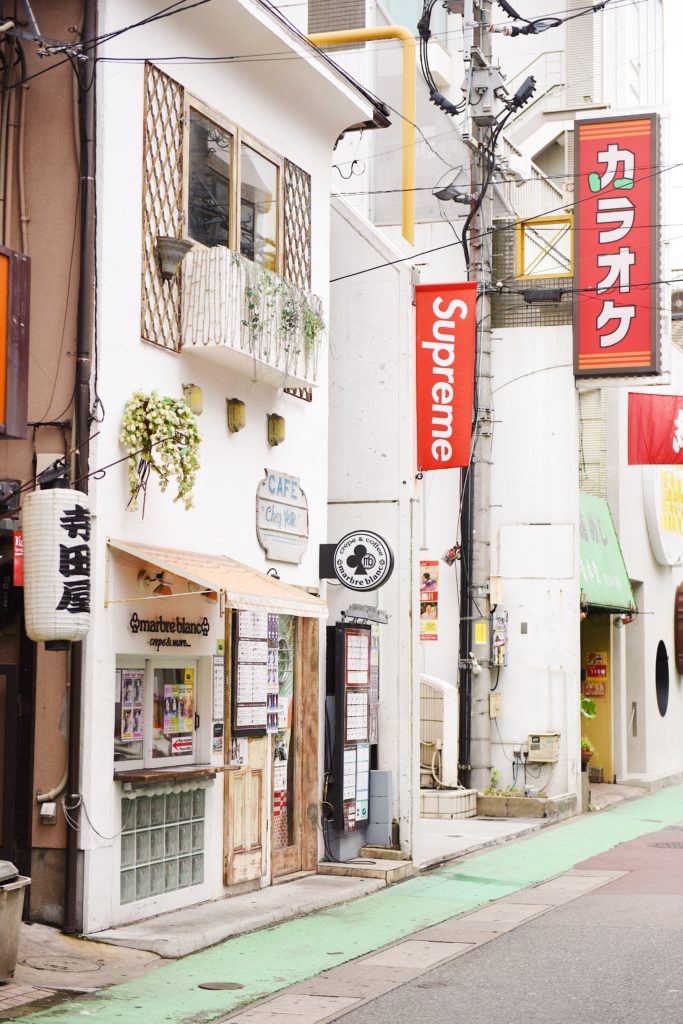
In the previous lesson about ‘This’ and ‘That’ in Japanese, we concluded that the prefix:
- ‘ko-’ is used when ‘the object near to the speaker’,
- ‘so-’ is used when ‘the object near to the listener’, and
- ‘a-’ is used when ‘the object far away from both speaker and listener’.
The same patterns are applied for Japanese ‘Here’ and ‘There’ – ここ (koko), そこ (soko), あそこ (asoko), こちら (kochira), そちら (sochira), and あちら (achira). The main point of this lesson is:
- the suffix ‘-ko’ is used for indicating the location.
Structure: ここ/そこ/あそこ + は
- the suffix ‘–chira’ is used for direction, motion towards, or preference.
Structure: こちら/そちら/あちら + は
Note:
- in a casual way, こっち (kocchi), そっち (sochhi), and あっち (acchi) are used instead.
- the suffix ‘-chira’ can also be translated as ‘this’ and ‘that’.
- the suffix ‘-chira’ is more polite than ‘-ko’.
Examples:
ここは銀行です。
Koko wa ginkō desu.
This is a bank.
そこは教室です。
Soko wa kyōshitsu desu.
That is a classroom.
あそこは会議室ですか?
Asoko wa kaigishitsu desu ka?
Is there a meeting room over there?
こちらは松本さんです。
Kochira wa Matsumoto-san desu.
Here (this) is Mr. Matsumoto.
そちらは会社です。
Sochira wa kaisha desu.
There is the company.
あちらはコンビニです。
Achira wa konbini desu.
Over there is a convenience store.
Let’s learn Japanese today! Join us at LingoCards!